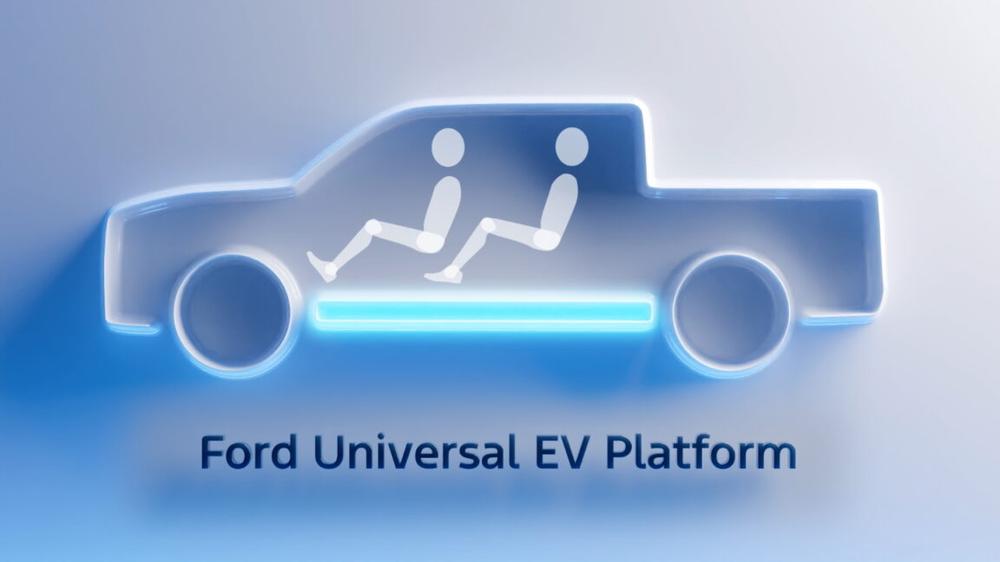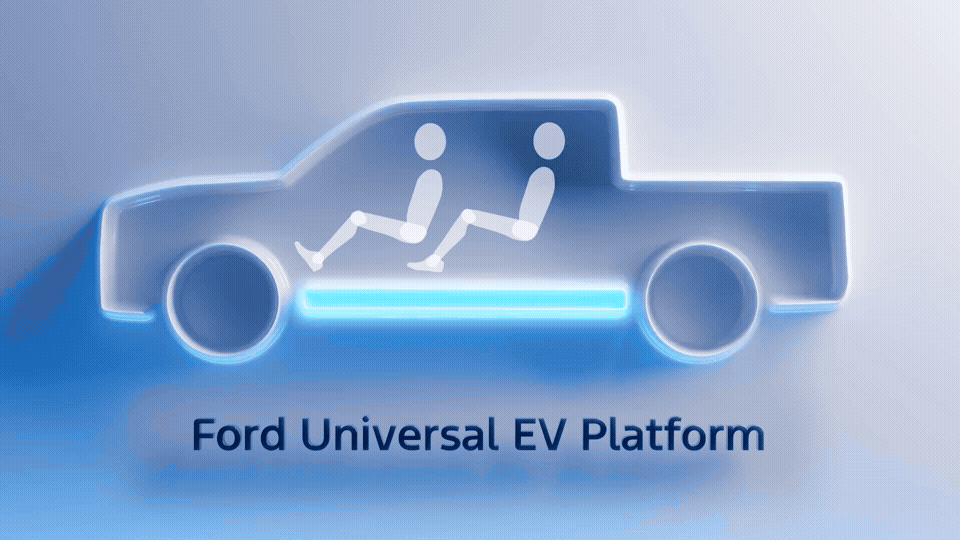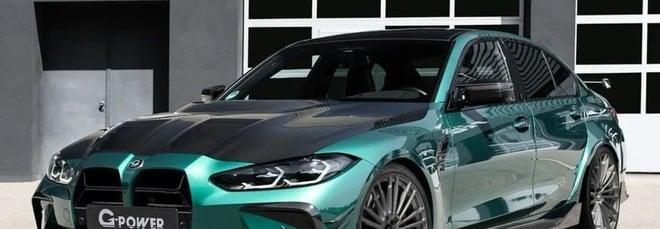Ford will debut a new midsize pickup truck in 2027 with a targeted price of $30,000, the automaker announced today. The as-yet unnamed pickup will be the first of a series of more affordable EVs from Ford, built using a newly designed flexible vehicle platform and US-made prismatic lithium iron phosphate batteries.
For the past few years, a team of Ford employees have been hard at work on the far side of the country from the Blue Oval's base in Dearborn, Michigan. Sequestered in Long Beach and taking inspiration from Lockheed's legendary "skunkworks," the Electric Vehicle Development Center approached designing and building Ford's next family of EVs as a clean-sheet problem, presumably taking inspiration from the Chinese EVs that have so impressed Ford's CEO.
It starts with a pickup
Designing an EV from the ground up, free of decades of legacy cruft, is a good idea, but not one unique to Ford. In recent months we've reviewed quite a few so-called software-defined vehicles, which replace dozens or even hundreds of discrete single-function electronic control units with a handful of powerful modern computers (usually known as domain controllers) on a high-speed network.
"This isn’t a stripped‑down, old‑school vehicle," said Doug Field, Ford's chief EV, digital, and design officer, pointedly comparing the future Ford to the recently revealed barebones EV from Slate Motors.
Starting from scratch like this is allowing vehicle dynamics engineers to get creative with the way EVs handle. Field said that the company "applied first‑principles engineering, pushing to the limits of physics to make it fun to drive and compete on affordability. Our new zonal electric architecture unlocks capabilities the industry has never seen."
Ford hasn't found it entirely smooth developing a software-defined platform and had to shelve one of the architectures it was working on earlier this year. But it's not alone there—Volkswagen Group got similarly overly-ambitious recently, needing to invest heavily in Rivian to buy its way out of that problem.
Ford isn't giving away much about the pickup yet, which is still two years from the showroom. It should be about the same exterior size as a Ford Maverick, with as much or more interior space as a Toyota RAV4, with a frunk as well as a bed, and Ford says it will accelerate as quickly as an EcoBoost Mustang. And the 400 V LFP battery will be about 15 percent smaller than the average US EV pack. But the company isn't ready to get specific about things like charge times, battery capacity, or range estimates yet.
But it’s really about the manufacturing
In order to make these EVs cheaper, Ford had to make them simpler and quicker to manufacture. The simplified SDV domains mean that the wiring harness uses 4,000 feet (1.3 km) less copper. There are 40 percent fewer workstations, 20 percent fewer components, and 25 percent fewer fasteners than in a conventional Ford, and overall assembly time will be 15 percent faster than Ford's average.
Like the other new auto factories I've visited recently, it sounds like Ford has paid a lot of attention to worker ergonomics, and as parts arrive at workstations they'll do so in kits with all the fasteners, scanners, and power tools required, even in the correct orientation. Fewer workstations and fewer parts to assemble means about 600 fewer workers at the Louisville Assembly Plant when production starts in 2027, unfortunately.
Ford is splitting the production line into three. One assembles the front subassembly, another the rear subassembly, and the third the battery pack and interior, which then meet for final assembly. And it's moved to large single-piece castings for the front and rear subframe to allow this approach.
"There are other people that use large-scale castings but not in the way we do. We know of no one that has ever built a vehicle in three parts in this way and brought it together at the end," explained Field. "So it really goes way beyond a typical modular architecture that existing manufacturers have out there," he said.
"I don't think there's any platform that has been so blank-slate, architected around having a large subassembly that you can put a whole bunch of parts on," added Alan Clarke, executive director of advanced EV development.
As interesting as the new production process sounds, we shouldn't expect it to become the norm for Ford. "There are elements of it, of the assembly system, that could be applied, but not at the scale we're talking about here, which is very uniquely built for EV vehicles, said Kumar Galhotra, Ford's chief operating officer. While it sounds suitable for smaller unibody vehicles, it won't be that helpful for Ford's next body-on-frame pickups, including the somewhat-delayed "T3" electric replacement for the F-150 Lightning.

 Ford reveals breakthrough process for lower priced EVs
Ford reveals breakthrough process for lower priced EVs